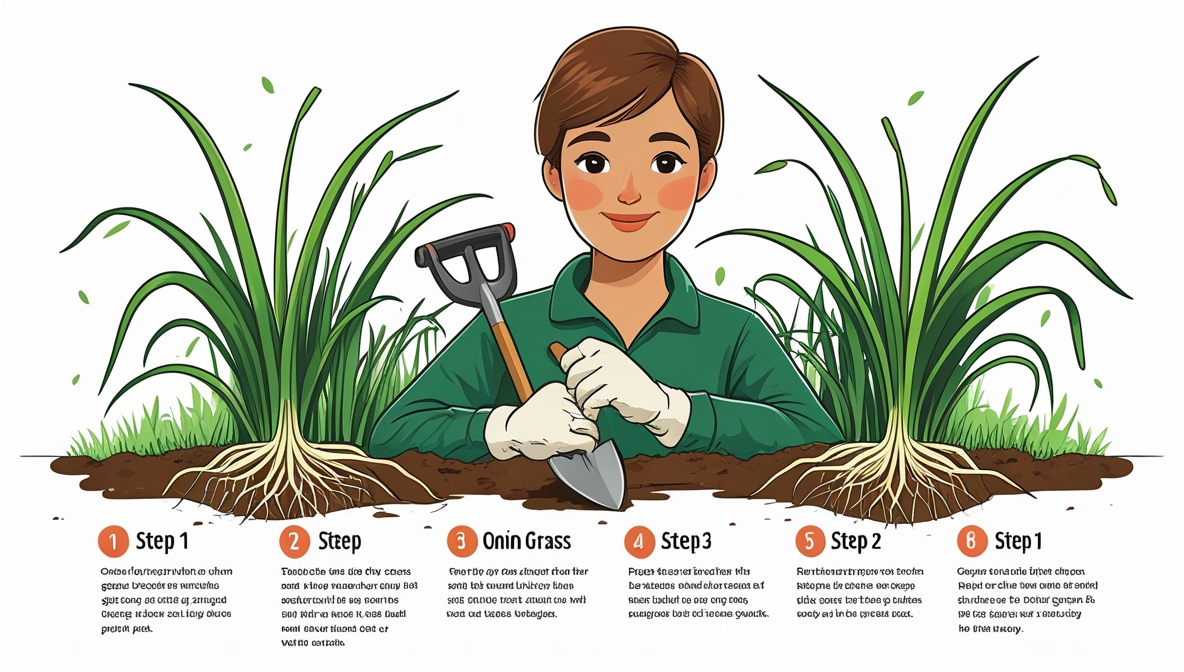Onion grass, that tenacious weed with its relentless spread, can be a real pain in the garden. It’s like a determined ninja, sneaking into your flowerbeds and lawns, relentlessly pushing out your prized plants. Knowing how to effectively eliminate this persistent pest is key to keeping your landscape looking its best. This article will walk you through various methods, from quick fixes to long-term strategies, to finally conquer this pesky weed.
Contents
Onion Grass: The Killer
Onion grass, scientifically known as Juncus effusus, is a perennial, meaning it comes back year after year. This makes it particularly challenging to eradicate. Its creeping rhizomes, those underground stems, allow it to spread rapidly, forming dense mats that smother other plants. These tough rhizomes are the key to its resilience, making simple pulling often ineffective. Understanding its nature is the first step to winning the battle. This stubbornness often leads gardeners to seek out more aggressive solutions.
This invasive weed is incredibly adaptable, thriving in a wide range of conditions. It tolerates both wet and dry environments, and even poor soil quality, making it a formidable foe. This adaptability is part of what makes it so hard to get rid of. Essentially, onion grass is a weed that’s built to persist. It just keeps coming back.
DIY Onion Grass Removal
Simple hand-pulling is often attempted, but it’s rarely successful. While you might get some results, the extensive rhizome system ensures that many roots remain in the ground, ready to regenerate. You’ll need to be extremely thorough, removing as much of the root system as possible to prevent regrowth. This can be a tedious and time-consuming process, especially for larger infestations.
A key to DIY success is patience. Consider repeatedly digging up and re-digging to break the root system completely. A sharp shovel and a good pair of gardening gloves are essential tools in this battle. While this method can be effective, it takes a lot of elbow grease and persistence. It’s not always the most efficient approach, especially with extensive infestations.
Effective Onion Grass Methods
Chemical weed killers are a more decisive approach. Herbicides specifically formulated for broadleaf weeds, or those containing glyphosate, can be effective against onion grass. However, be absolutely sure to follow the product label instructions carefully. Overuse or improper application can harm desirable plants and the environment. Always take precautions when handling herbicides.
A combination of methods often proves most successful. For instance, consider using a herbicide followed by targeted hand-pulling to remove remaining shoots and rhizomes. This targeted approach can dramatically reduce the chances of regrowth, making it a more powerful strategy. Don’t underestimate the value of a good pre-emergent herbicide to prevent future growth as well.
Long-Term Onion Grass Control
Preventing future onion grass growth is crucial for long-term control. This involves improving soil conditions to reduce competition for resources, and preventing the spread of existing plants. This might involve amending the soil with organic matter or using mulch to suppress weeds.
Regular maintenance is key. Regularly mowing or trimming the grass will help keep the plant from spreading its seeds and reseeding. Removing the seed heads before they can spread will help reduce the chances of future infestations. Combined with targeted removal of the root system, this approach will greatly reduce future outbreaks.
Ultimately, defeating onion grass requires a multifaceted approach. Combining DIY techniques with targeted treatments and proactive prevention strategies will yield the best results. Remember to be patient, persistent, and meticulous in your efforts, and your garden will thank you for it. With a little bit of effort and the right tools, you can finally conquer this persistent weed.






